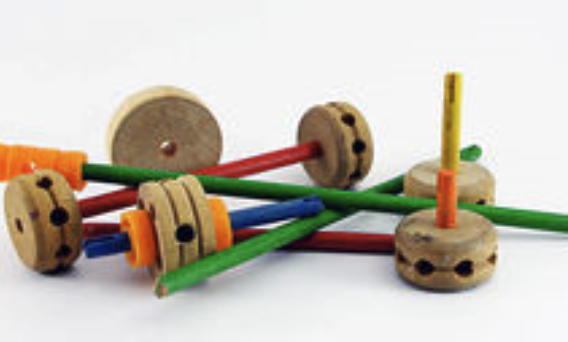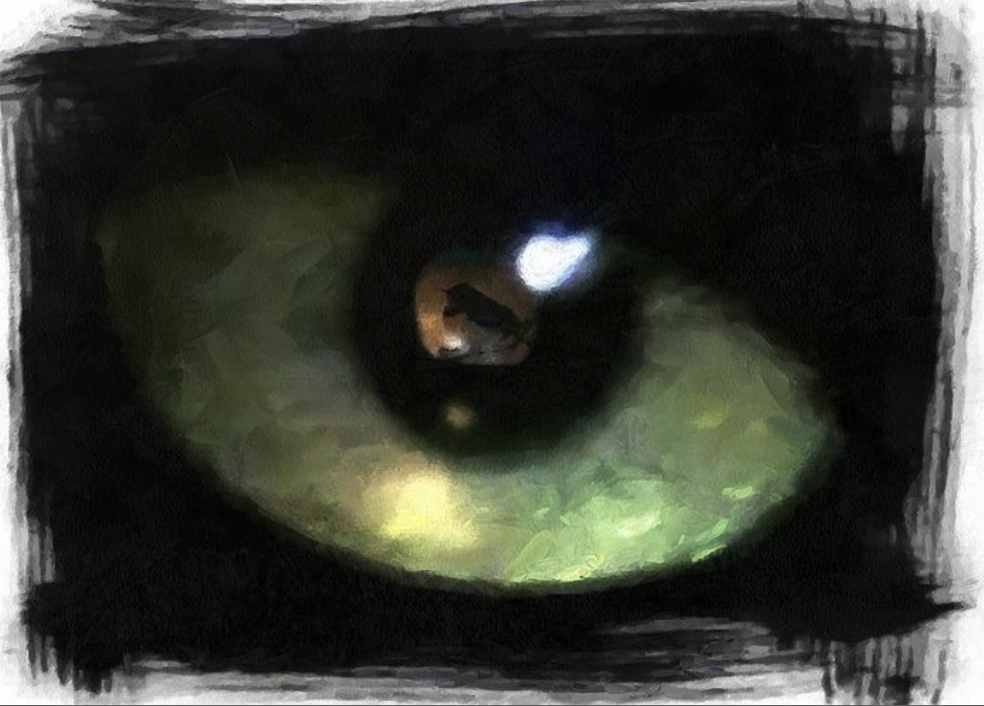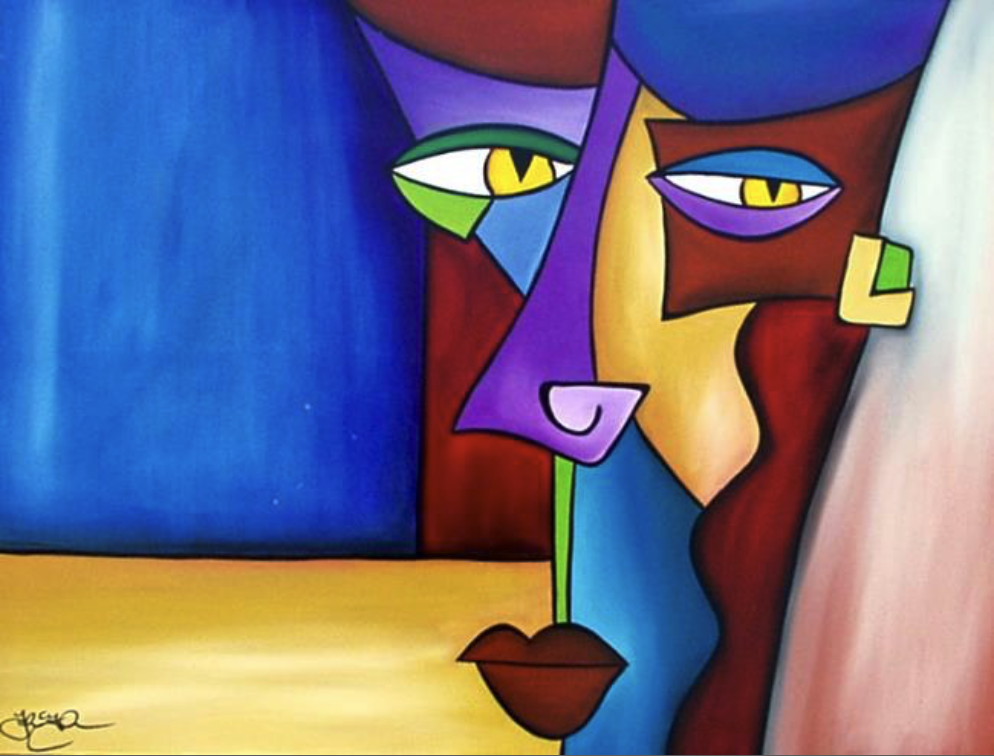
I had some recent inspiration over the weekend to change- content wise- what I choose to publish here. I think I’ve been coming at TBI from a technical perspective, which even for me, would be a yawn fest. Vulnerability takes courage, but it is what reaches people, and what makes writing worth reading. Here is some of that.
Inner child work.
As soon as she mentioned it, I wanted to put my fist through a wall; Here I was, years ago, at twelve years sober, being crushed under a gloom and sadness of ending an eleven year relationship wrought with problems, but as close as I’d known to anything resembling love. I never knew- in retrospect- if it felt loving, but it did feel safe. Like all chapters that have reached the conclusion, a part of me wanted to re-experience those first bright and airy chapters, knowing the universe was beckoning me to move past it. My heart was breaking, and I still had some growing up to do.
As my thoughts whirled, my face had clearly soured, prompting Gabrielle (a therapist) to ask what I was thinking. I don’t remember exactly what I said, but it was honest: I placed little value on seemingly victimized and tenderized persons wrapping themselves in cotton and carrying stuffed animals to 12 step meetings. I’d always thought of myself more of a meat-and-potatoes type of person in recovery, what ever that meant.
This therapist- Gabrielle- came to explain something I have come to believe as being true: on a basic, organic level, sometimes there are parts of the brain that were never formed and shaped through nurture or care or whatever, to the natural curves and contours they were designed for. In short, there was part of my brain, that just never grew and developed properly. Maybe a feel-good approach made me scoff, but I have always liked science, so that I could deal with.
But going back. Easy to see, with some clarity now, that I had the budding and complex sensitivity to phantom perceived opinions that would bloom later into alcoholism; that I had a shattered endocrinology from a head injury that resulted in emotional problems, and a temporal lobe that generated dark imaginings. Easy to see I had attachment issues stemming from pining for attention in the middle of a violent divorce hurtled me over the cliff seeking safety in strange places- and that- in a nutshell- is who I was. I would be told years later: the Child is the Father of the Man. That person would grow into who I’d become, and it wasn’t good.
But, obviously, there is a story in all this, so here it is, best I can remember. So when I was a kid, I did the cub scout thing for awhile. For all her frailties, I appreciate in retrospect my mothers attempts to get me connected to something, or it to me; we did have the “latch key kid” lifestyle of being raised on pen scrawled instructions on sticky notes with good advice on how to lead out lives, and also warm clothes, clean clothes, stuff like that. Stuff kids need. Anyway, my fascination with knots and birds and weird pre-teen camping skills was minimal, but I do remember being drawn to that balsawood derby car race, incredibly so. The idea of being the architect of something-anything- but something tactile, that you could hold in your hands and say “I did this”, well that always appealed to me. I remember pangs of excitement when I’d see the other kids show up to class with their cars carved out, painted, ready to race: some were racing green with the number #8 on them, others had flames or sharp peaks to pierce the air on the track- these things were magical and the source of inspiration. The seeds of my own mental blueprint for a derby car- a competitor.
I remember going to the junk drawer, looking for the right tools to get something going. There was a Philips head screwdriver, a hammer, some brads. A wine corkscrew.
To this day, I know that it never occurred to me that the other racers had been the beneficiary’s of a dad with a woodshop in the garage, who were likely feeling the heat of the completion themselves, too, it had simply never occurred to me to ask someone- anyone- on the street for help. Adding to a short list of things I wasn’t taught- asking for help. And that is what it is, as people say nowadays.
The day of the race, I remember. The sting of defeat and a creeping fire on my skin as i sat staring at that block of wood on the dresser, the wheels and weights still in the plastic bag undisturbed that had been given to me. The ineffectual screwdriver laying unused nearby, the stickers for decorating scattered about.
I didn’t build that car, not then anyways. That wouldn’t come until twenty two years later, when, with clumsy hands and an open heart, and I would carefully work that out in the ship of a craftsman who was a friend of mine. My contribution and tribute was black with a purple racing stripe down the center, and lived on my mantle for years. that kid-he came with me than, he comes with me now. That clumsy kid that gets frustrated and wants to break things, who doesn’t understand and crumples up the sticky notes, and does his own thing.
He’s not a real person, well, not really, Just about an inch in diameter of grey matter in the right brain that accompanies me on this life journey. When I go out fishing- tromping through ragweed and vines with a machete, he comes, too. Afraid, sometimes, of larger insects, afraid of the wiggly creatures that have been reeled onto the bank, afraid they’ll feel gross, but more afraid to hurt them. And, like most days, the Consciousness of adulthood steps in and shows that tiny portion of grey matter what to do next, and we walk alongside one another, on this adventure called life.




